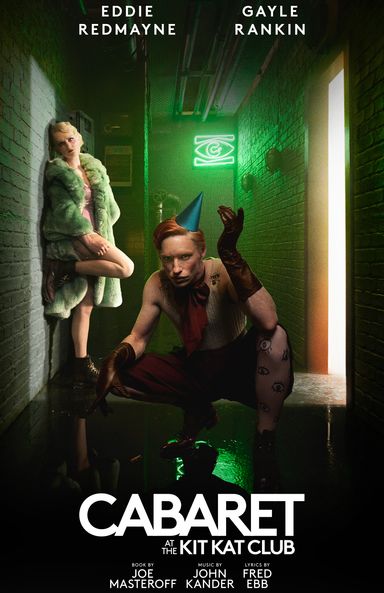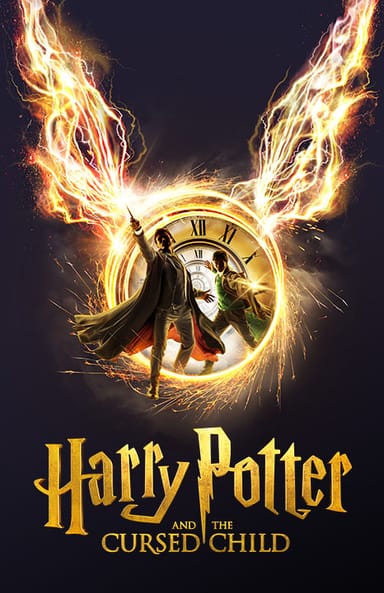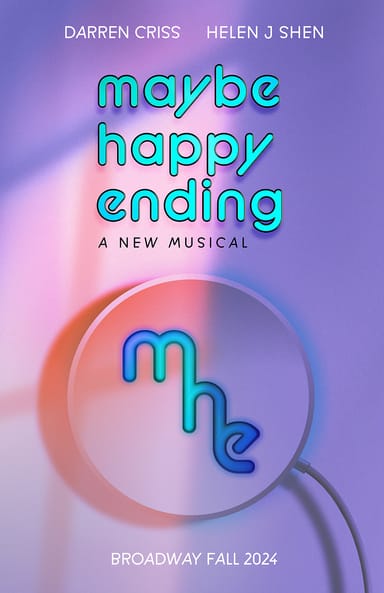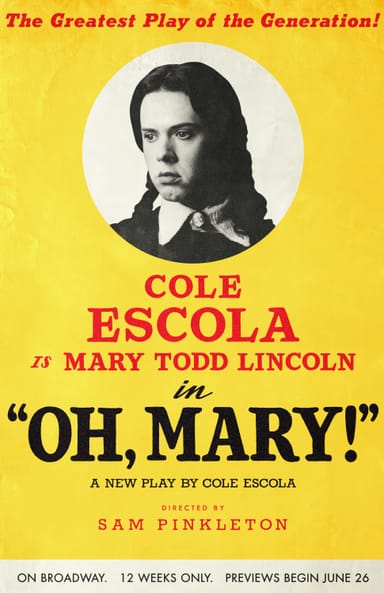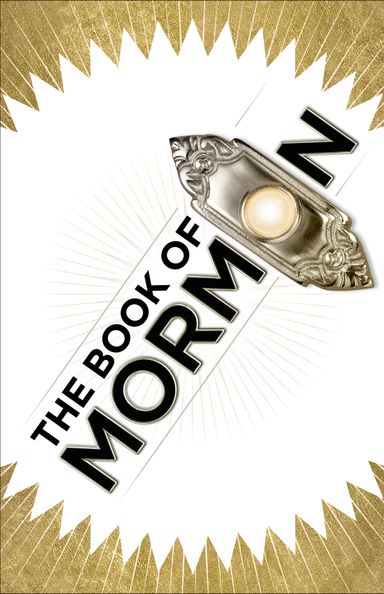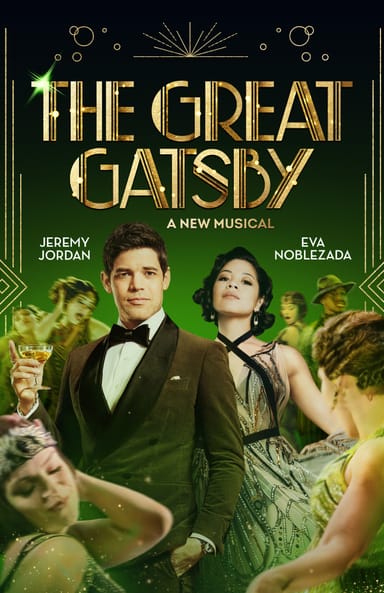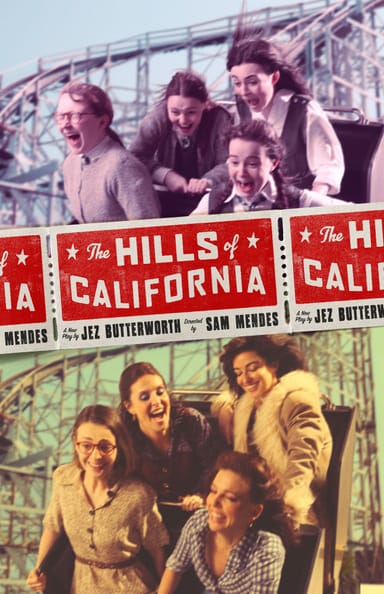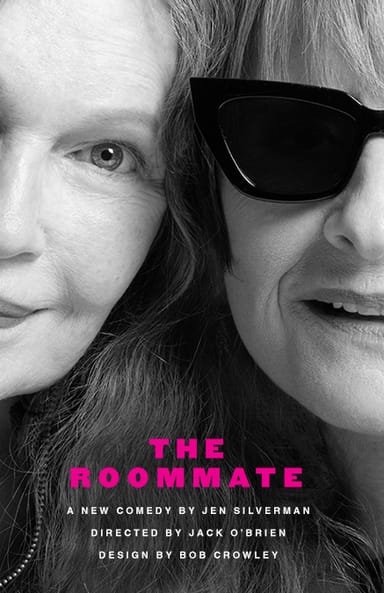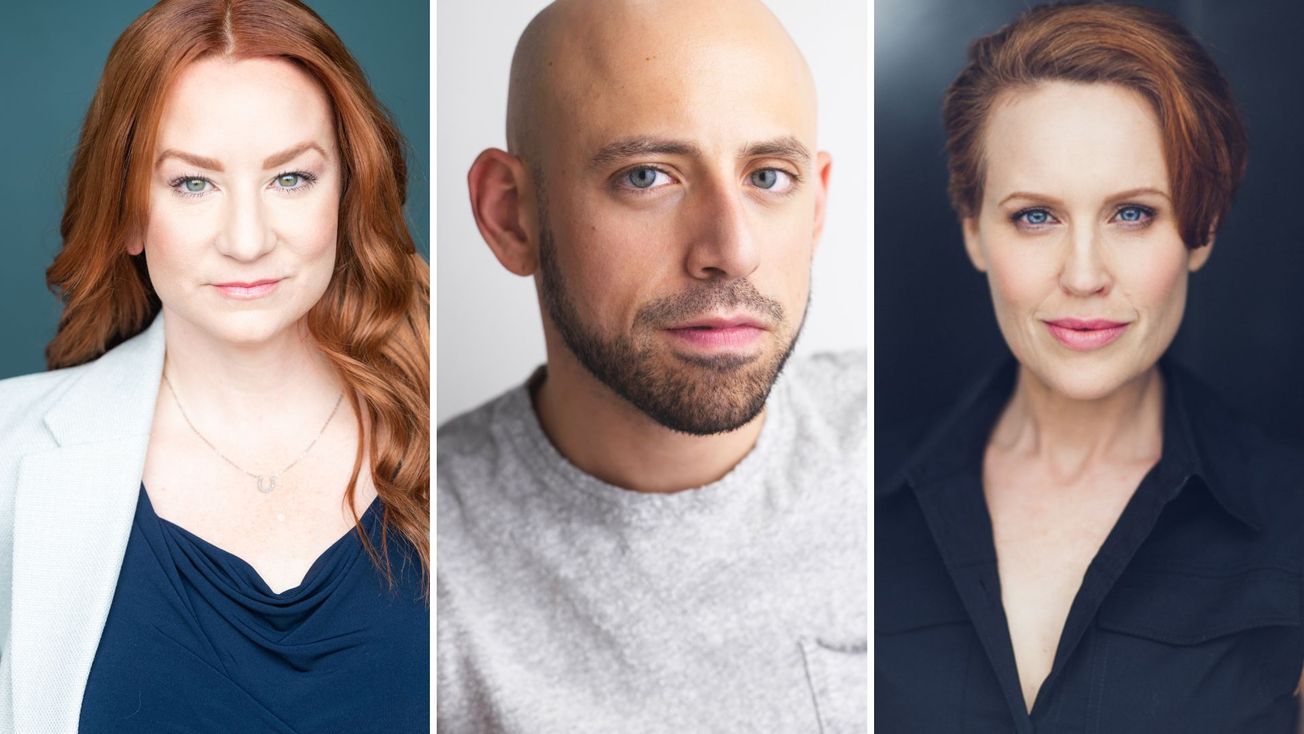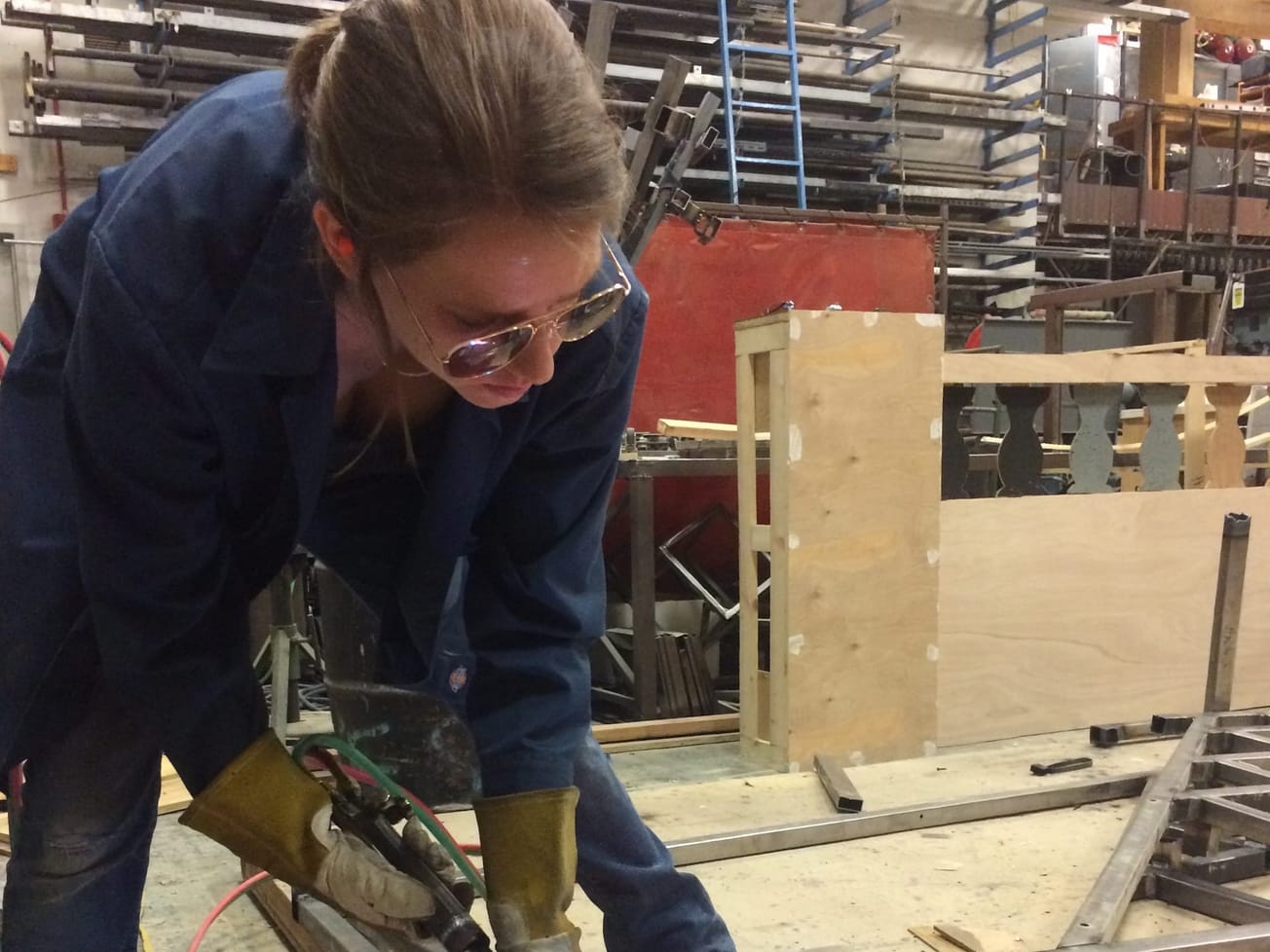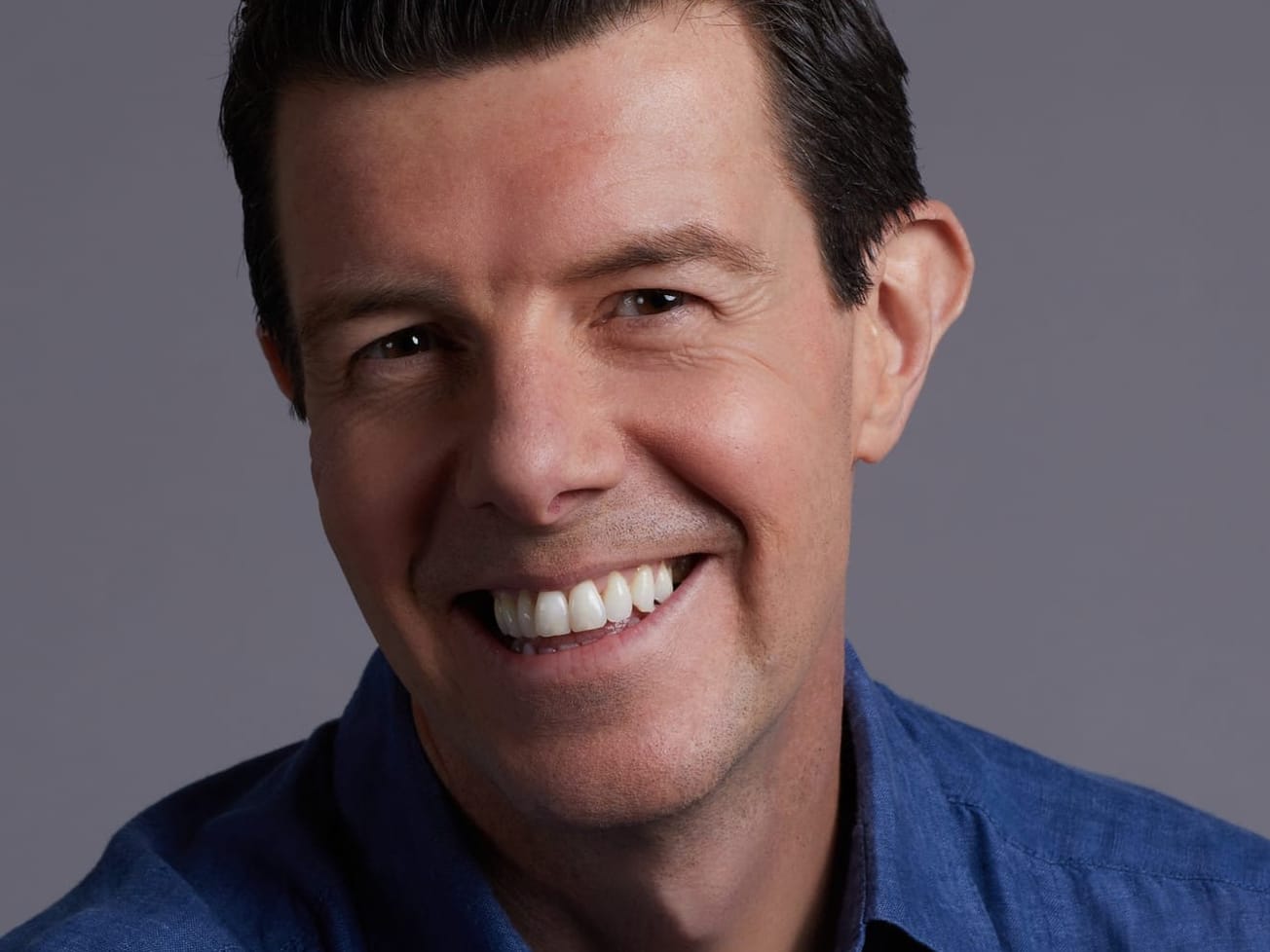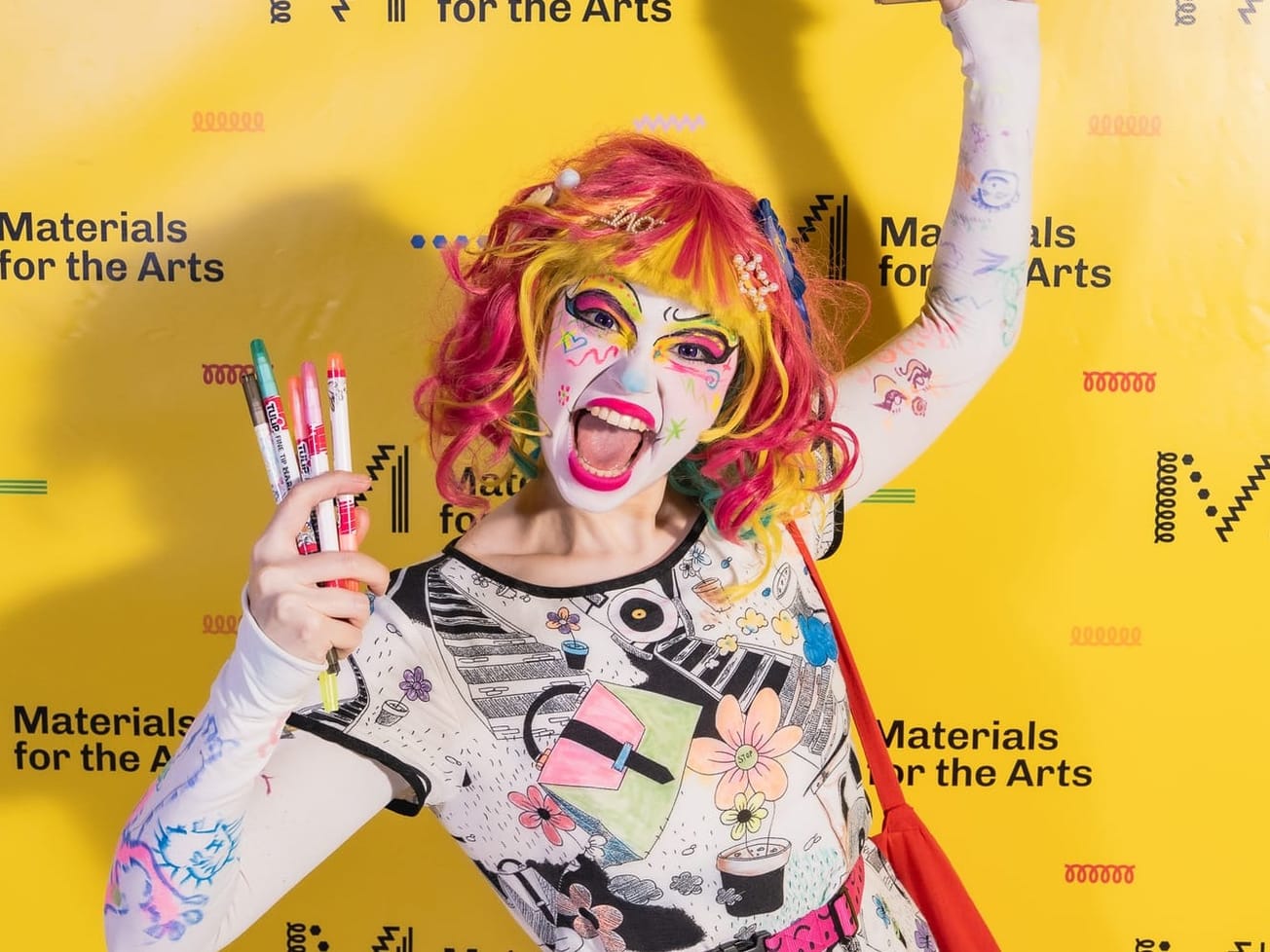This past Broadway season, Martyna Majok’s Tony Award-nominated play “Cost of Living” made waves by centering the stories of two disabled characters, Ani and John. Both were in wheelchairs, with parallel stories illustrating their relationships to caregivers — and the experience of receiving assistance in the first place. Gregg Mozgala, an actor with cerebral palsy, played John; Katy Sullivan, a double-amputated actor who received a Tony nomination for her performance, portrayed Ani. The production stood as a landmark in representation — particularly because disabled actors were portraying disabled characters.
“There’s a history of non-disabled actors playing disabled characters,” said disabled actor Anthony Michael Lopez, who starred as Sir Dinidan in Lincoln Center Theater’s “Camelot.” “We call that ‘cripping up’ and some people call it ‘cripface,’ where people are imitating their idea of what their character’s disability would look or sound like or what the experience would be like.”
By 2022 (when the 2018 Pulitzer winner “Cost of Living” bowed on the Main Stem), Broadway had learned better. At the very least, Majok had. “I had heard the story of Katori Hall’s play ‘The Mountaintop’ [where a university production] cast Martin Luther King with a white actor and the theater said that: It was because you didn’t explicitly state that he needed to be played by a Black actor,” Majok explained. “So I was like, ‘Let me — just in case — put that in the play.’ I didn’t realize what a political act it was going to be to just write [in the script] the sentence ‘Please cast disabled actors.’”
But from star Sullivan’s perspective, it was “groundbreaking” — especially once the show garnered five Tony nominations. As Sullivan said, “Being able to shake the cage in the way we did clearly made an impact.”
As authentic casting for every marginalized community gains support across the industry — not only as a principle, but in practice — “any character coming out of the script as a disabled character definitely should be played by a disabled person,” said Maria Porto, disability consultant and founder of Access Broadway. Certainly, theater (on Broadway and beyond) could use more stories with disabled characters. But there is also a question of casting and collaborating with disabled actors as characters whose ability is not prescripted.
In that case, Porto said, “I think it’s almost like ability-blind casting.”






